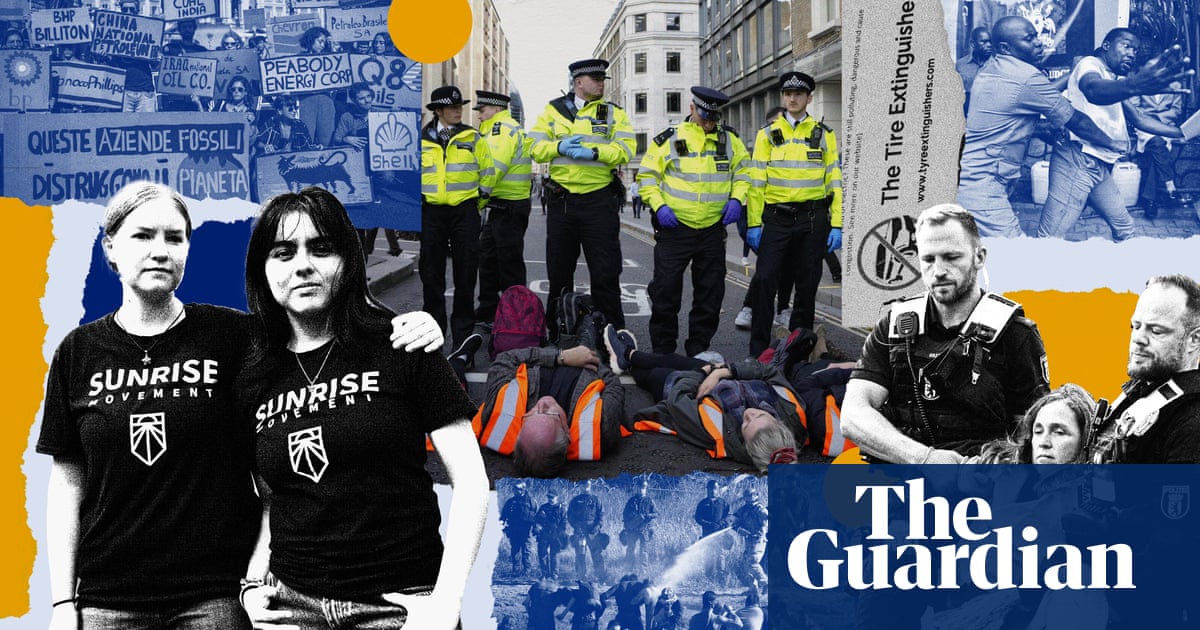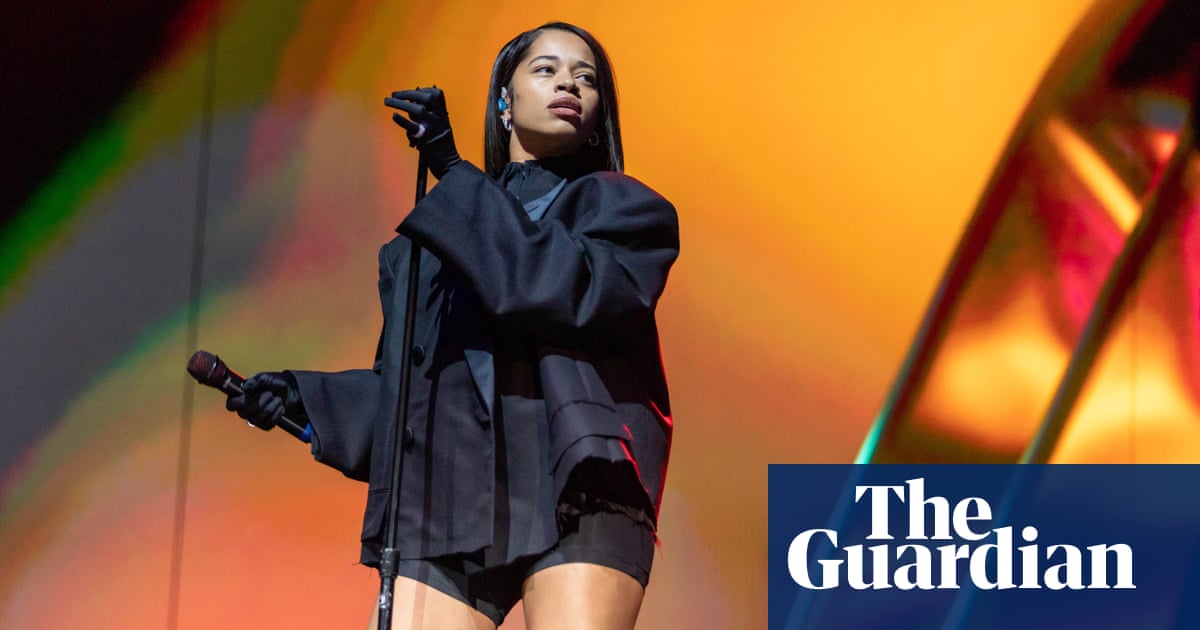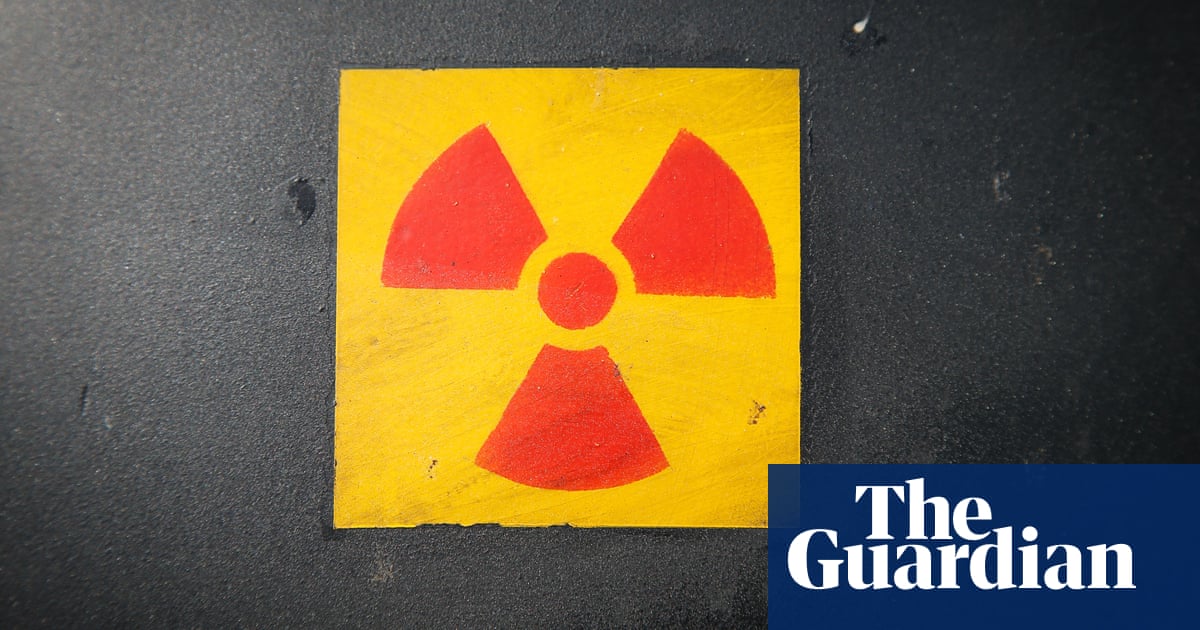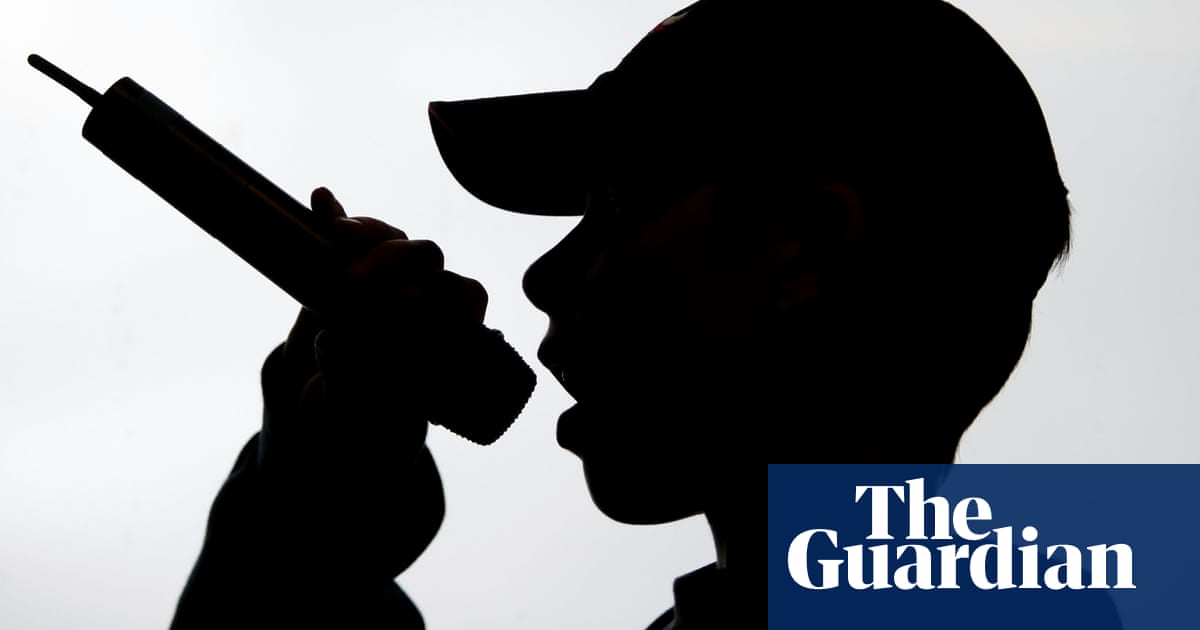
Two hundred psychedelic enthusiasts have converged in Austin, Texas for a “ceremonial concert” on the autumn equinox. People sprawl on yoga mats around a circular stage as staffers pace the candlelit warehouse, jingling bells and spritzing essential oils. While psychedelic drugs are prohibited, some attenders seem in an altered state, lying on their backs and breathing heavily as rumbles of bass from Jon Hopkins’ upcoming album, Music for Psychedelic Therapy, shakes the hushed space.
This is the first time Hopkins – known for acclaimed solo electronic albums as well as production for Coldplay and Brian Eno – has played his new record in public, and the crowd is visibly moved. As recordings of spiritual guru Ram Dass’s teachings fill the room on the final song, the woman next to me begins silently weeping.
With Music for Psychedelic Therapy, Hopkins is the latest arrival in a growing pool of artists, academics, and entrepreneurs shaping psychedelic research and therapy with music. Psychedelia sprang from the LSD-spiked waters of 1960s counterculture, as the Grateful Dead, the Doors and Pink Floyd drenched the charts in washed-out reverb, loopy lyrics and sinuous sitars. Today’s psychedelia has been digitally modernised for the streaming era – and, as with so much counterculture, increasingly commodified. A lucrative new market is emerging for music designed for therapeutic trips using ketamine, psilocybin, MDMA and other psychotropic drugs. And from AI-driven apps to underground DJ mixes, the musical expression is as diverse and subjective as a psychedelic experience itself.
“We’re entering an era where this kind of therapy is going to be legal and widespread, and you need to have music for it,” says Hopkins, whose album was timed to last for exactly the length of a typical ketamine trip. “I’ve got to be really careful of sounding too grandiose, but it really feels to me like there is a frontier here – a new genre of music.”
Music has always played a critical role in psychedelic therapy. Indigenous healers believe it acts as a sacred vehicle to unconscious realms, and have developed music specific to their plant medicines. South American ayahuasca shamans sing sacred songs called icaros, Mexican mushroom mystic Maria Sabina was renowned for her poetic chants, and the ibogaine rituals of the Bwiti religion of west-central Africa employ rapid tempos of up to 170 beats per minute. When scientists began studying psychedelics in the 1950s and 60s, music was quickly identified as having a profound impact on a trip, and recent research has found that it might even play a greater role in facilitating positive outcomes than the dosage of the drug itself.
“Music is an ideal tool for therapy because it provides a loose structure in which the patient can project the personal content of their subjective minds,” says Mendel Kaelen, founder of the psychedelic music app Wavepaths and former neuroscientist at Imperial College. According to Kaelen, music and psychedelics are remarkably similar in terms of the brain responses they evoke – bypassing the intellect and bringing emotional content to the forefront of consciousness. “One of the most important things music is doing is providing a climate in which the individual feels deeply acknowledged – of your experience to be OK as it is,” Kaelen adds.
Top psychedelic research institutions use playlists during clinical trials, and some are available to stream online: the Johns Hopkins Center for Psychedelic and Consciousness Research’s Sacred Knowledge playlist, which dates back to 1967, is stacked with classical composers such as Brahms and Vivaldi, while participants in Imperial College’s 2016 psilocybin study listened to ambient artists such as Brian Eno, Nils Frahm and Laraaji. The playlist Music for MDMA-Assisted Psychotherapy is the most New Age, mixing film composer Hans Zimmer with spiritual music and Sanskrit mantras. These playlists blend the personal tastes of researchers with a protocol developed in 1972 by music therapist Helen Bonny and psychiatrist Walter Pahnke (a student of LSD advocate Timothy Leary), which dictates that the music’s emotional arc should match the stages of a psychedelic experience: onset, ascent, peak, return to normal consciousness – a journey not unlike the pattern of many dance tracks and DJ sets.
In recent years, a wave of digital apps such as Wavepaths, Lucid, Spiritune and Mindcure have emerged, harnessing artificial intelligence to counter the one-size-fits-all approach of playlists. While the music on these apps might not sound too different from typical psychedelia, the difference lies in their claims to elicit individualised and hyper-targeted emotional outcomes.
“Psychedelic music is usually just helping to set the setting, like, ‘I’m listening to the Grateful Dead on mushrooms, this feels great’,” says Lucid co-founder Aaron Labbé. “Whereas in a clinical or therapeutic environment, you really want the music to help you explore your mind in a very specific way.”
Many apps work with both human composers and algorithms. “AI is fairly primitive and not that pleasant in the auditory realm,” explains Spiritune founder and deep house DJ Jamie Pabst. “People like to consume what other humans create.” She hires musicians to compose tracks with specific rhythms, timbres and other characteristics that researchers have found to elicit specific emotional responses, then uses an algorithm to review these tracks, making sure that they meet the desired characteristics.
Wavepaths, which plays the music at ketamine therapy clinic Field Trip, similarly aims to generate music tailored to an individual’s emotional needs and desired therapeutic outcomes; it is only available as a closed beta version for psychotherapists, while a simpler version available online plays prerecorded streams of simple, soothing tones. Field Trip also has its own app, Trip, which allows users to pick between ambient soundtracks composed by artists like East Forest, who debuted his album of classically-driven healing soundscapes, IN: A Soundtrack for the Psychedelic Practitioner Vol II, on the app.
Mindcure and Lucid go further, using biodata feedback from headbands and wristbands that track patients’ physiological states, in order to allow therapists to respond in real time with personalised music. “When someone is in a psychedelic state, there’s no way for the therapist to know where the patient is without speaking,” says Kelsey Ramsden, CEO of Mindcure, an app that uses Lucid’s tech. “This lets the therapist be the DJ for one individual person by giving them a line of sight through biodata measurements like respiration and heart rate.”
In addition to playlists and apps, some psychedelic therapists prefer a third approach: DJ mixes. “Patients said playlists felt choppy and patchwork, while generative music made by the apps sounded robotic,” says Amy Coleman, a ketamine-assisted psychotherapist who has a private practice in New York City. Last year, Coleman began commissioning mixes from DJs she met in New York’s underground rave scene, which she said had a greater impact on her clients. “These are sounds that people have never heard before, guaranteed, versus a Brian Eno or Enya song that they can recognise,” Coleman says. “Music that is non-recognisable taps into the default mode network, and the mixing creates a coherent journey.”
“The three seconds in between songs can feel like the end of the world when you’re in a K-hole,” jokes Nick Bazzano, a DJ who has worked with Coleman to create a custom mix for ketamine therapy. He cites music from LA’s Leaving Records label as being particularly well suited for creating a “safe container” for psychedelic therapy. “It feels organic, that sensation of being held by the Earth. It’s open and expansive and allows things to grow from it.”
Bryan Kasenic, founder of New York techno night and label The Bunker, has also been commissioning music by underground electronic artists that is specifically targeted for psychedelic trips. Last year he launched a sub-label called Going In, focusing on single tracks that run more than an hour long. Kasenic says the digital music format has made it easier to distribute extended pieces of music that don’t have to fit on a single plate of vinyl. “Therapists aren’t trained to change music for people tripping their brains out,” he adds. “DJs spend their whole lives perfecting that skill.”
Kasenic also notes that for him and the artists he works with, there was no better time for getting into stranger and more psychedelic music zones than during the pandemic. “I’ve been working with psychedelics for a long time, but only recently have I started doing them in ceremonies and treating them with the respect they deserve,” he said. “What’s changed is the intention. It’s not just the side chill-out room at a rave any more.”
Back in Austin, this paradigm shift is perceptible as Hopkins and East Forest’s ceremonial concert comes to a close, and a blissfully smiling crew of dancers sashay out of the venue. “There’s some amazing synergy between technology and these medicines that wasn’t possible until quite recently,” Hopkins tells me. “And it seems to be really powerful.”












